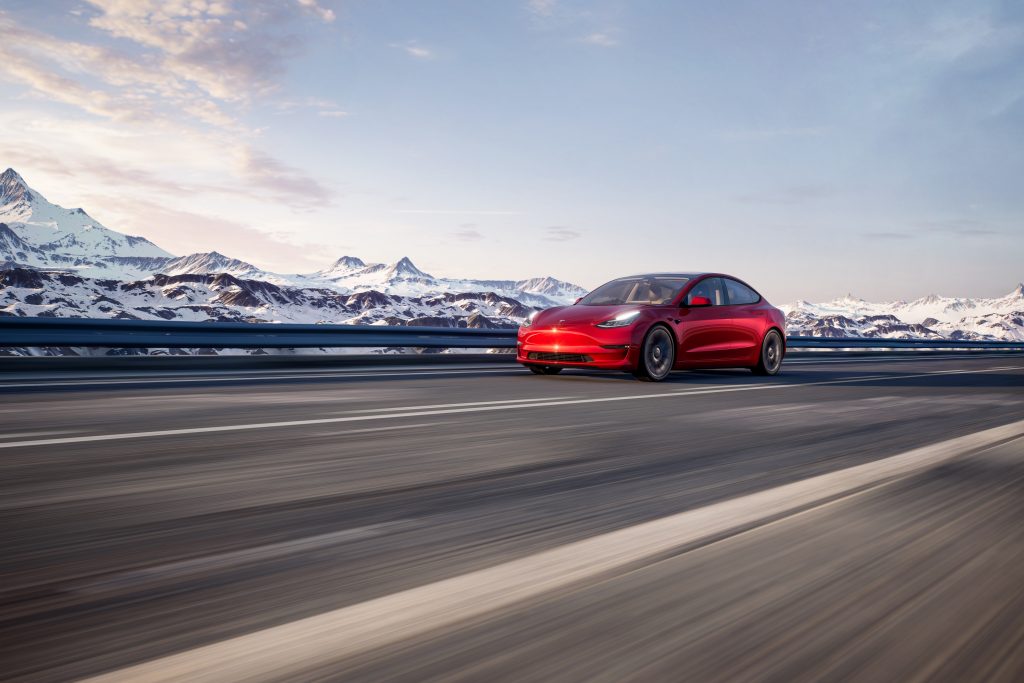Among the most interesting announcements made by Tesla during its Q3 2021 Earnings Call yesterday was the strategy to move all of its Standard Range vehicles to a cheaper LFP, or lithium iron phosphate, battery chemistry.
“For standard range vehicles, we are shifting to Lithium Iron Phosphate (LFP) battery chemistry globally,” Tesla said in its Q3 Shareholder’s Deck, released just before the Earnings Call commenced last evening.
It’s a strategy that Tesla adopted in the Chinese market since it has built the Model 3 in Shanghai in early 2020. However, now Tesla is planning to shift the Model 3 Standard Range and Model Y Standard Range vehicles to the LFP pack, which is definitely more available than the standard NCA or nickel cobalt aluminum packs. Tesla actually shifted to utilizing the LFP pack in some SR+ Model 3s and offered customers the opportunity to utilize that pack so they could take delivery quicker. In late August, Tesla emailed some Model 3 orderers with the message that the battery pack could be changed to the LFP pack, which was in healthy supply.
Tesla emailed those who had the vehicle on order in August, saying:
“We are contacting you about your Model 3 Standard Range Plus, currently estimated for delivery near the end of the year. We’d like to offer you the opportunity to receive your car even sooner. Due to limited supply and strong customer demand, we are introducing the Model 3 Standard Range Plus battery pack, which we already released in Europe and Asia, to North America. This battery has a range of 253 miles (est).”
(adsbygoogle = window.adsbygoogle || []).push({});
The strategy could have to do with Tesla’s demand, which has exceeded its production rate. The LFP batteries are less expensive than NCA cells and have longer lifespans. The disadvantage to switching to this pack is lower energy density, meaning less power and less range. LFP batteries are also more prone to be affected by weather, something that can cause lower range ratings and prolific differences in power output.
CEO Elon Musk said that Tesla’s intention with the LFP pack is that the “product experience is roughly equivalent between nickel and iron.” Musk added that he’d “personally opt for iron pack, as it wants to be charged to 100%, whereas nickel prefers ~90%.”
Musk also made comments regarding the LFP packs during the Q2 2021 Earnings Call.
“I think probably there is a long-term shift more in the direction of iron-based lithium-ion cells rather over nickel. I think probably we’ll see a shift — my guess is probably to two-thirds iron, one-third nickel, or something on that order. And this is actually good because there’s plenty of iron in the world. There’s an insane amount of iron. But nickel, there’s much less nickel, and there’s way less cobalt.”
The shift in electrification from so many automakers has caused a shortage in some battery materials, which also could be a strategy for the shift to LFP cells by Tesla. Combating delivery times can be solved by switching to other materials, but Tesla plans to also combat shortages by expanding its manufacturing footprint with two new production facilities in Berlin and Austin, Texas.
Don’t hesitate to contact us with tips! Email us at [email protected], or you can email me directly at [email protected].
The post Tesla switches Standard Range vehicles to LFP battery chemistry appeared first on TESLARATI.
Article Source and Credit teslarati.com https://www.teslarati.com/tesla-switches-standard-range-vehicles-to-lfp-battery-chemistry/ Buy Tickets for every event – Sports, Concerts, Festivals and more buytickets.com

Leave a Reply
You must be logged in to post a comment.